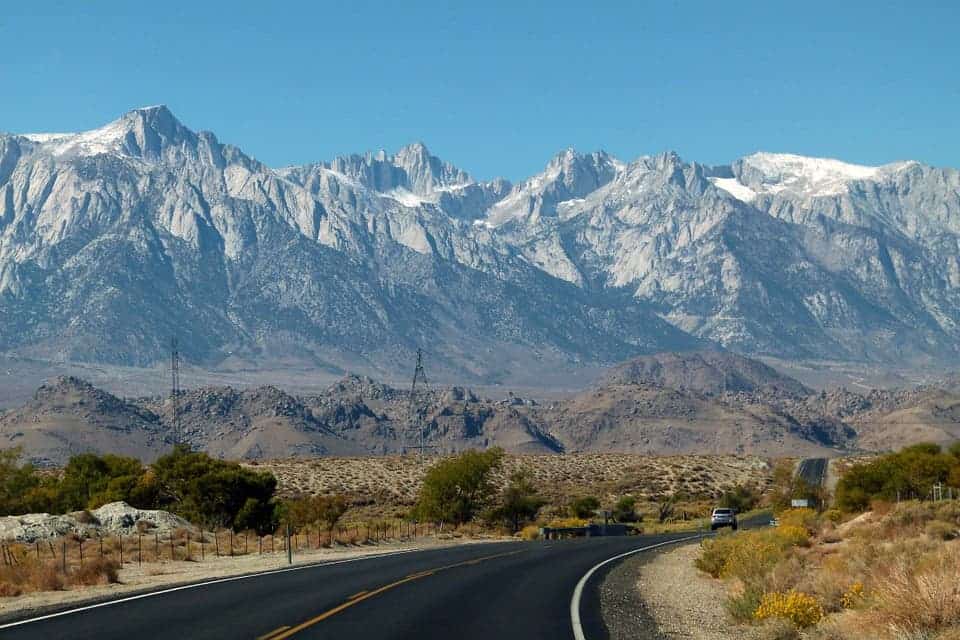The period between late 2011 and 2014 was the driest in California history since record-keeping began. Nearly 102 million trees in total died due to the drought which lasted until late 2016. California lost 45 times the amount of water that Los Angeles uses in a year during this time, some of it drained from inside mountains — it was that bad. According to a new NASA study, California’s Sierra Nevada rose by an inch (2.5 centimeters) as a result of all the water loss.

The Sierra Nevada mountains rose by an inch by the time California’s historic drought ended. Credit: Pixabay.
The mountains of California, Oregon, and Washington are littered with more than 1,300 GPS micro-stations that are primarily meant to measure the subtle tectonic motion of active faults and volcanoes. These sensors can detect changes in elevation less than a tenth of an inch (0.3 centimeters). The data collected by the sensors is updated as often as four times per second.
When NASA scientists studied the data, they found that depleted water from inside the cracks of fractured rocks elevated the Sierra Nevada mountains by nearly an inch between October 2011 and October 2015. The subsequent two years of generous snow and rain, which fell upon the range, helped it regain about half the water lost during the drought. Today, the range is about half an inch (1.3 centimeters) taller than it was at the end of the scorching drought.
NASA researchers were careful to account for tectonic uplift and the pumping of groundwater in the Central Valley to isolate water loss in the context of rises and falls in Earth’s surface. Following this study, NASA now believes the solid Earth has a greater capacity to store water than previously thought.
If current drying trends continue, California’s mountains are set to become slightly taller in the decades to come. Another recent study performed by researchers at the Lawrence Livermore National Laboratory at the University of California, Berkeley, estimated climate change will lead to up to 15 percent less rainfall in California in the next 20 to 30 years.
“One of the major unknowns in mountain hydrology is what happens below the soil,” says Jay Famiglietti, JPL water scientist and co-author of the new study published in the Journal of Geophysical Research: Solid Earth. “How much snowmelt percolates through fractured rock straight downward into the core of the mountain?”
Famiglietti and colleagues hope their study will inspire other work that investigates in closer detail how water trapped inside mountains affects the surface of the Earth.
“What does the water table look like within mountain ranges? Is there a significant amount of groundwater stored within mountains? We just don’t have answers yet, and this study identities a set of new tools to help us get them.”









